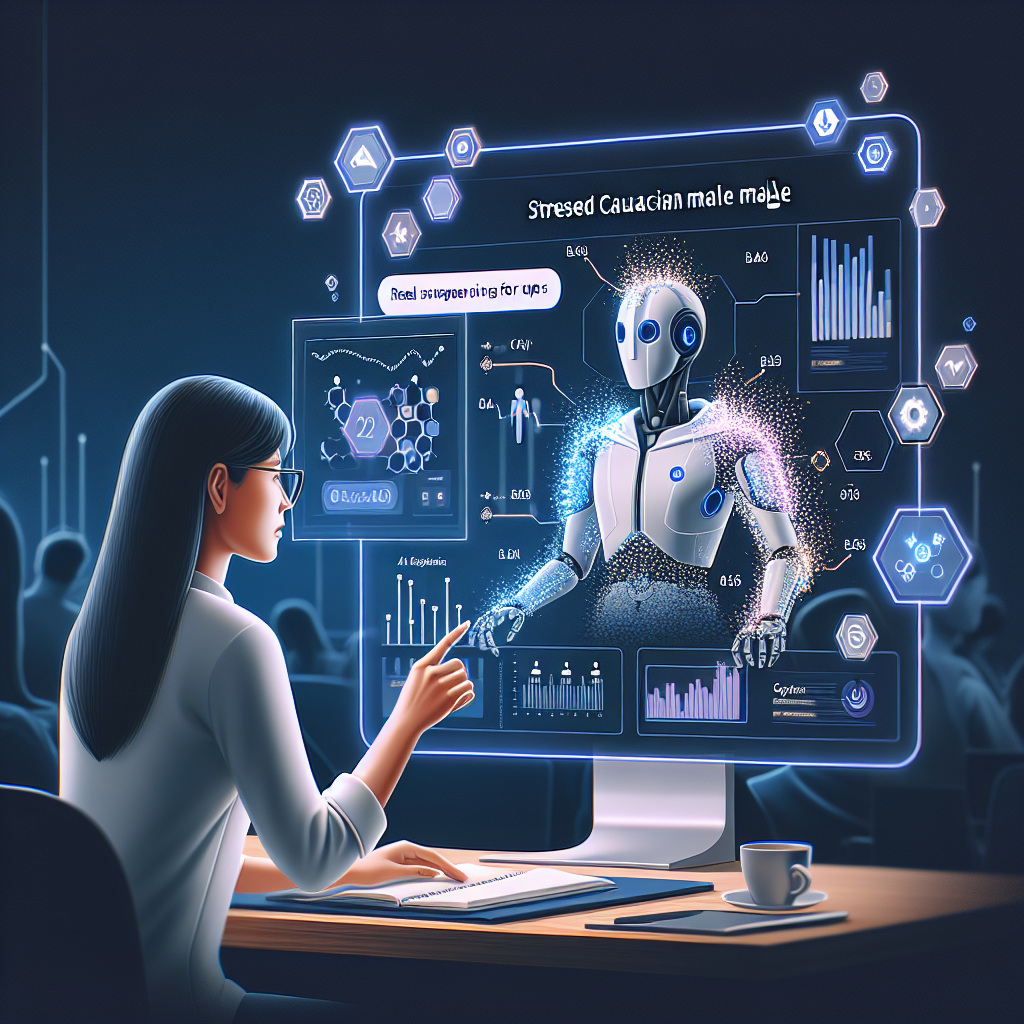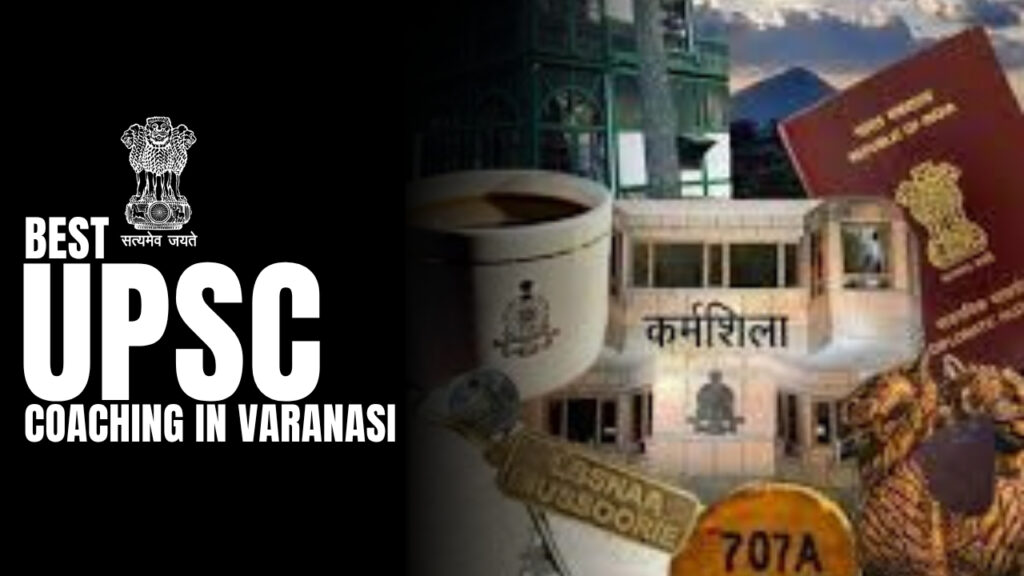DAILY CURRENT AFFAIRS IAS | UPSC Prelims and Mains Exam – 21st June – 2025
Archives (PRELIMS Focus) India Post Payments Bank (IPPB) Category: ECONOMICS Context: India Post Payments Bank (IPPB) has been awarded the Digital Payments Award 2024–25 by the Department of Financial Services, Ministry of Finance Decoding Context: It has significant role in expanding digital payments and promoting financial inclusion across India. The award was presented in New Delhi by Union Finance Minister Nirmala Sitharaman and Minister of State for Finance Pankaj Chaudhary. IPPB ranked first among all payments banks in the Performance Index for FY 2024–25, highlighting its strong digital banking performance and citizen-centric approach. By utilizing its vast network of over 2 lakh Postmen and Gramin Dak Sevaks, IPPB has extended digital financial services to remote and rural areas, supporting the government’s vision of a cash-light, digitally empowered economy. Learning Corner: India Post Payments Bank (IPPB) – Brief Note Launched: January 30, 2017 Owner: 100% Government of India (under the Department of Posts, Ministry of Communications) Headquarters: New Delhi Key Features: Established to leverage the postal network for providing banking services. Uses over 1.5 lakh post offices and 2 lakh postal staff (Postmen & Gramin Dak Sevaks) for last-mile delivery. Offers digital banking services such as savings accounts, money transfers, bill payments, and DBT (Direct Benefit Transfers). Focuses on financial inclusion by reaching unbanked and underbanked populations in rural and remote areas. Payment Banks in India – Overview Concept Introduced by: Reserve Bank of India (RBI) based on Nachiket Mor Committee recommendations in 2014 Launched: First licenses issued in 2015 Purpose: Enhance financial inclusion by providing small savings accounts and payments/remittance services to the underserved. Key Features: Can accept deposits up to ₹2 lakh per customer (limit may be revised by RBI). Cannot issue credit cards or give loans. Can offer services like: Savings/current accounts Mobile and online banking UPI, IMPS, NEFT, AEPS-based transactions Utility bill payments and insurance (through third parties) Examples of Payment Banks: India Post Payments Bank (IPPB) Airtel Payments Bank Paytm Payments Bank Fino Payments Bank NSDL Payments Bank Significance: Help bridge the urban-rural banking divide. Promote cashless economy and digital financial literacy. Act as a low-cost, technology-driven solution for basic banking services. Source: PIB India’s core sector Category: ECONOMICS Context: India’s core sector growth slowed to a nine-month low of 0.7% in May 2025 The decline was driven by contractions in electricity (-5.8%), fertilisers (-5.9%), natural gas (-3.6%), and crude oil (-1.8%). While steel (6.7%) and cement (9.2%) recorded strong growth, and coal and refinery products also saw gains, these were not enough to offset the overall weakness. Economists attribute the slowdown to excessive rainfall and early monsoon onset, which affected power generation and mining. Learning Corner: Core Sectors of the Indian Economy – Brief Note The Core Sectors are the key industries that have a major impact on the overall economic activity and industrial performance in India. These sectors are considered the foundation of industrial growth. Eight Core Sectors: Coal Crude Oil Natural Gas Refinery Products Fertilisers Steel Cement Electricity Key Points: These sectors collectively account for ~40.27% of the Index of Industrial Production (IIP). The performance of these sectors is released monthly by the Ministry of Commerce and Industry. Their growth is a leading indicator for measuring industrial performance and economic momentum. The Combined Index of Eight Core Industries (ICI) is used to track their performance. Importance: Core sectors supply essential inputs for other industries and influence infrastructure development, manufacturing, and economic stability. Any fluctuations in these sectors significantly affect the GDP, inflation, and employment levels. Index of Industrial Production (IIP) – Brief Note The Index of Industrial Production (IIP) is a key economic indicator that measures the growth rate of various sectors of the economy, such as manufacturing, mining, and electricity, over a given period. Released by: National Statistical Office (NSO), Ministry of Statistics and Programme Implementation (MoSPI) Base Year: Currently 2011–12 Components of IIP: Mining Manufacturing Electricity Use-Based Classification: Primary Goods Capital Goods Intermediate Goods Infrastructure/Construction Goods Consumer Durables Consumer Non-Durables Importance of IIP: Measures short-term changes in the volume of production. Acts as a barometer of industrial activity. Helps in economic planning, policy formulation, and investment decisions. Reflects the health of the industrial sector, which contributes significantly to GDP. Relation to Core Sectors: The Eight Core Sectors constitute around 40.27% of the weight in the IIP. Thus, performance in core industries has a direct impact on IIP trends. Source: THE HINDU UK Assisted Dying Bill Category: INTERNATIONAL Context : British lawmakers have approved a landmark bill legalizing assisted dying for terminally ill adults in England and Wales. UK Assisted Dying Bill – Key Highlights Key Provisions: Applies to mentally competent adults (18+) diagnosed with a terminal illness and a life expectancy of less than six months. Requires approval from two doctors and a specialist panel (including a psychiatrist, social worker, and legal expert). Patients must self-administer the life-ending medication. Includes safeguards such as independent advocates for the disabled and a disability advisory board. Voluntary participation for medical professionals. Public and Political Response: The issue remains deeply divisive, balancing compassionate choice versus concerns over vulnerability and abuse. The Labour government has taken a neutral stance, allowing MPs to vote based on personal conscience. Once enacted, the UK would join countries like Canada, New Zealand, Spain, and several U.S. states in allowing assisted dying for terminally ill patients. Learning Corner: Assisted Dying / Euthanasia in India – Brief Note In India, the issue of assisted dying or euthanasia is legally, ethically, and socially sensitive. While active euthanasia remains illegal, passive euthanasia has been permitted under strict conditions. Types of Euthanasia: Active Euthanasia: Direct action (like administering a lethal injection) to end life. Illegal in India. Passive Euthanasia: Withholding or withdrawing medical treatment (like life support) that prolongs life in terminally ill patients. Legalized in 2018 under certain guidelines. Legal Framework: Key Case: Common Cause v. Union of India (2018) Supreme Court verdict recognized the right to die with dignity as part of Article 21 (Right to Life). Legalized passive euthanasia with strict procedural
DAILY CURRENT AFFAIRS IAS | UPSC Prelims and Mains Exam – 21st June – 2025 Read More »



